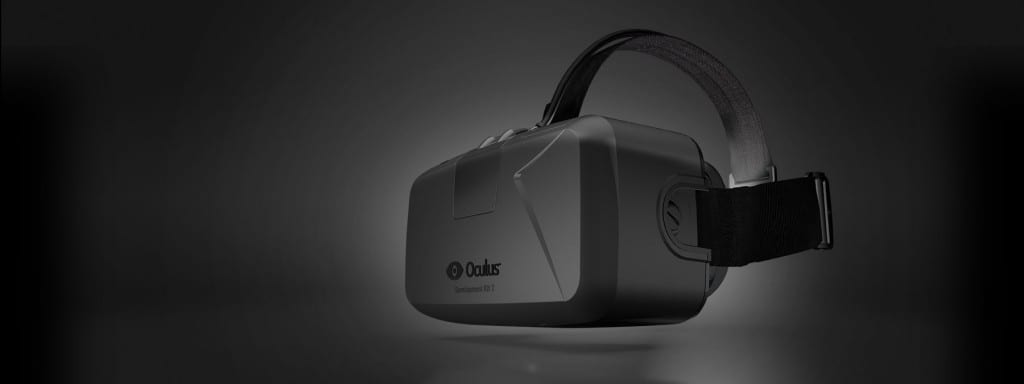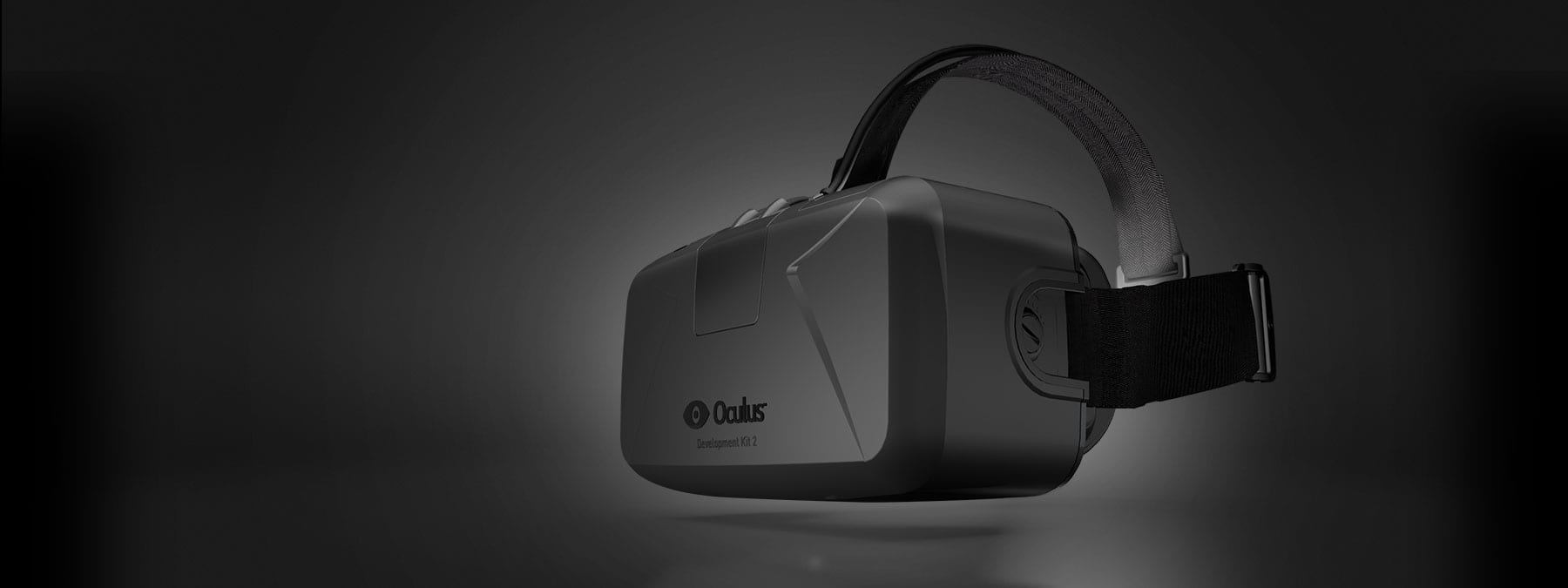Virtual reality systems have been developing over the years, and they have gotten awfully entertaining. Or should I have said, awfully entertaining for some people?

Before I pitch my responsive screen idea, i’ll state the drawbacks of virtual reality which prompted me to consider this.
Virtual reality systems are designed to immerse you in the gaming experience, and to the greatest extent possible, but this comes with consequences (for some people) such as motion sickness, and for everyone: impaired vision (not eye damage).
Like headphones, virtual reality systems block out the outside world, but sometimes it is a little too much. You need to hear what is happening around you sometimes, so you can at least mute the sound and listen.
However, virtual reality systems don’t have that mute feature. You have to take them off every time you want to look at something, and you’ll have to fumble to find back the controller when you put it back on.
The Idea: A Virtual Reality Headset With Responsive Screen Technology
Imagine an Oculus Rift which you can see through so you won’t have to take it off. That is what i’m talking about, but how would it work?
Transparent display technology with adjustable opacity has been developed. Theoretically speaking, this could replace the Oculus display technology, but don’t you want to be fully immersed in your game?
That’s where my idea comes in! It entails the following.
Automatically Reducing Screen Opacity Based On Gestures
This idea involves a transparent display with adjustable opacity, a transparent front bezel, and two key gestures. One is tilting the head downwards to pick things up or put them down. The other is sudden turns to the left or right to look at people entering the room. Each of these gestures would automatically prompt the virtual reality system to turn the screen opacity down and pause the game so that you can see who or what you need to look at.
That way, you won’t have to feel around for your controller, take off the headset, or talk blindly to whoever is in the room. Another brisk swing in the opposite direction could resume the game and turn the opacity right back up so that the user will once again be fully immersed in the game. As for motion sickness. Maybe people could adjust the screen opacity to a level that enables them to see just enough to avoid the symptoms.
For technology news, visit the technology category, and for technology reference material pertaining to all kinds of things, visit the technology section.






